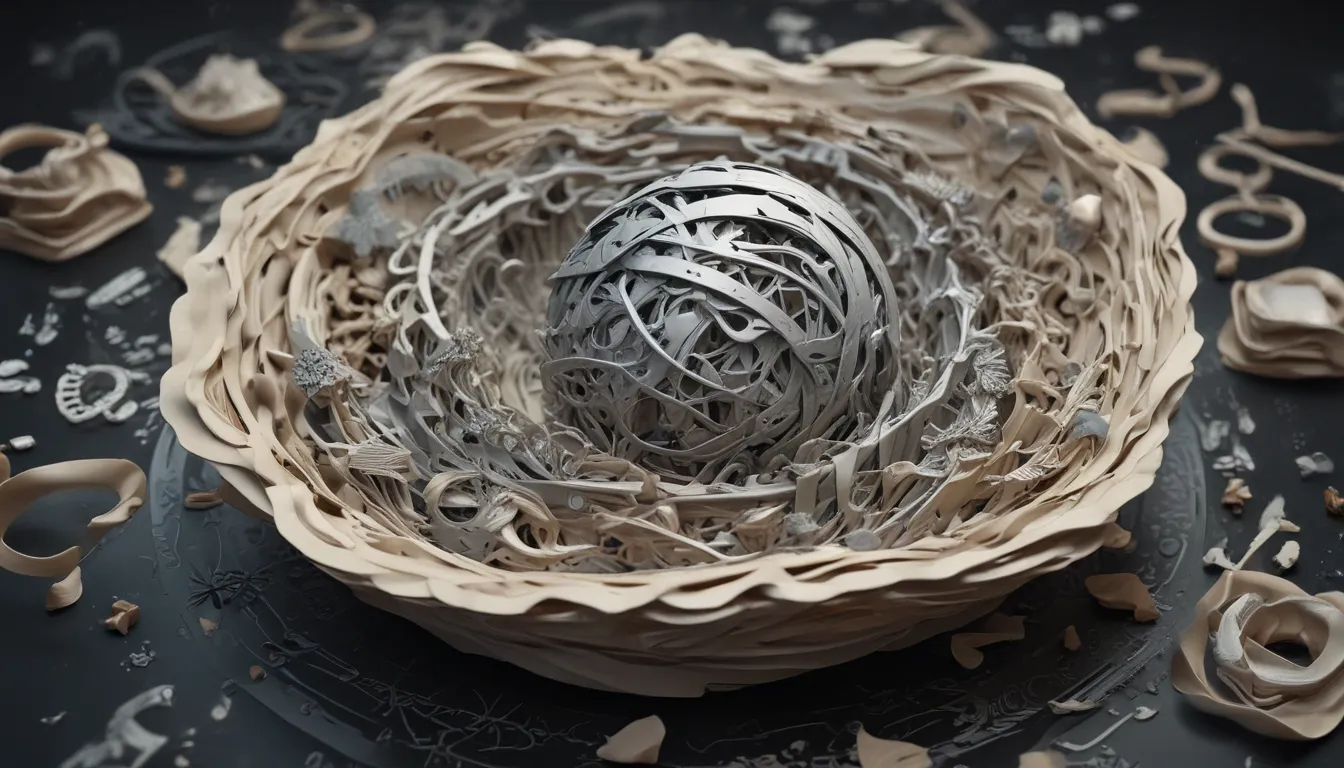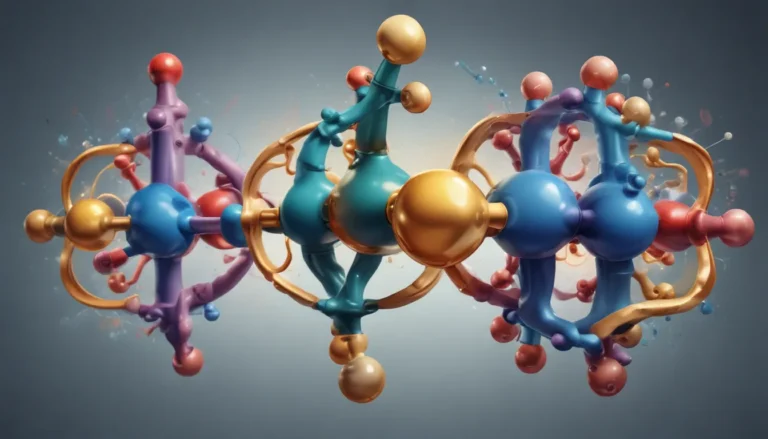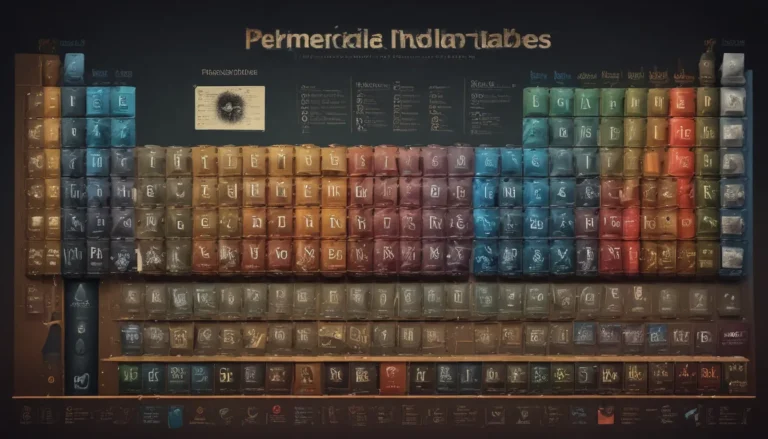A Note About Images: The images used in our articles are for illustration purposes only and may not exactly match the content. They are meant to engage readers, but the text should be relied upon for accurate information.
Are you fascinated by the intricate processes that shape the world around us? Sintering, a crucial technique in materials science, metallurgy, and ceramics, offers a captivating glimpse into the world of heat, pressure, and transformation. While sintering may seem straightforward, there are numerous enigmatic facts about this process waiting to be uncovered. Join us on a journey as we explore 14 intriguing facts about sintering that will deepen your understanding of this essential technique.
Unveiling the Magic of Sintering
Sintering, a process that involves heating and compacting materials to form a solid mass, is a cornerstone of various industries, from automotive to aerospace. This technique rearranges particles at high temperatures, creating strong, complex shapes and reducing waste. By delving into the mysteries of sintering, we gain insight into its ancient origins, modern applications, and ongoing evolution.
The Ancient Roots of Sintering
Did you know that the origins of sintering can be traced back thousands of years to early metalworking techniques? Historical evidence suggests that ancient civilizations used sintering to produce tools and objects with incredible precision. This age-old practice continues to influence modern manufacturing processes, highlighting the enduring legacy of sintering in the advancement of technology.
The Versatility of Sintering in Modern Industries
Sintering has evolved to become a vital process in the production of ceramics, metals, and even certain plastics. By enhancing the physical and chemical bonding between particles, sintering contributes to the mechanical, electrical, and chemical properties of materials. This versatility makes sintering a cornerstone of industries where precision, durability, and customization are paramount.
Mastering the Art of Sintering
The temperature and duration of the sintering process are meticulously controlled to achieve the desired material properties. By optimizing heating and cooling profiles, manufacturers can influence factors such as density, porosity, grain size, and crystal structure. This precise control ensures that sintered materials meet the rigorous standards of various industries, from automotive to healthcare.
Innovations in Sintering Technology
Sintering can be performed in various atmospheres, including air, vacuum, or controlled gas environments. The choice of atmosphere depends on the material being processed and the desired outcome, such as preventing oxidation or controlling reactions. Additionally, advancements in sintering equipment, such as kilns, ovens, and specialized sintering presses, have expanded the possibilities of this transformative process.
Pushing the Boundaries of Sintering
The complexity of the sintering process demands continuous research, optimization, and advanced modeling techniques. Scientists and engineers tirelessly work to improve sintering methods, seeking better control over material properties and exploring novel applications. From spark plasma sintering to microwave sintering, innovative techniques offer faster heating rates, enhanced densification, and improved control over microstructure.
Unlocking the Potential of Sintering
Sintering can create intricate shapes and structures with high accuracy, making it a valuable technique in industries where precision and customization are essential. This ability to produce complex geometries and porous materials contributes to energy savings and environmental benefits, aligning with sustainability efforts across various industries. The development of advanced sintering techniques continues to open new possibilities in materials engineering, driving innovation and progress in the field.
Embracing the Future of Sintering
Despite being a well-established technique, sintering remains an area of active research and development. New materials, process advancements, and novel applications constantly challenge the boundaries of what can be achieved through sintering. Whether in powder metallurgy, additive manufacturing, or solid-state processes, sintering continues to evolve, offering a glimpse into the future of materials science and engineering.
Embracing the Enigmatic World of Sintering
In conclusion, the enigmatic nature of sintering continues to captivate scientists, engineers, and enthusiasts alike. From its ancient origins to its modern applications, sintering remains an essential process in the world of materials science and engineering. By unraveling the mysteries of sintering, we gain a deeper appreciation for the transformative power of heat, pressure, and innovation. So, the next time you encounter a ceramic mug or marvel at a metal object, pause to consider the remarkable journey of sintering that brought it to life.






